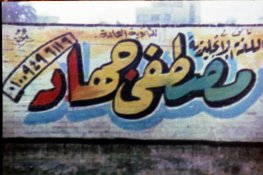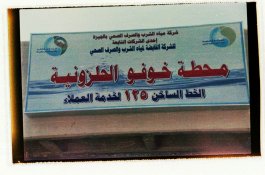My working formula for the color negative process is:
(per 500 ml of working solution):
Distilled water 350ml (50-60 degrees C)
-------------------------------------------------------
Trilon B (EDTA-2Na) ...........................1g
Hydroxylamine Sulfate ........................1g
Potassium iodide (1% solution) ...........0.5ml
Potassium Bromide .............................0.67g
Potassium carbonate (potash) ............18.73g
Sodium sulfite ......................................1,75g
CD-4 ....................................................2.015g
or
CD-1 (TSS-1, ЦПВ-1) ......................... 1.22g *
--------------------------------------------------------
Distilled water - up to 500ml
* CD-1 (TSS-1, N,N-Diethyl-p-phenylenediamine sulfate, CAS #6283-63-2) must be dissolved separately in a small amount of water. Then add to the stock solution with constant stirring.
Test pic. LOMO SMENA 8M, Fuji Superia 200 (exp.14). Dev. time 3.15min (38 deg.C), blich time 5min (Fe(III)EDTA), Fix time 5min.
Fresh solution needs a "starter":
Distilled Water - 50 ml
-----------------------------------------
Potassium carbonate ......... 4.5g
Sodium Bicarbonate .......... 5g
Sulfite Sodium ang. ............1g
Potassium bromide ............5g
Potassium iodide - 6 ml of 0.1% solution
------------------------------------------
Distilled water - up to 100ml
3 ml per 150 ml of the working solution of the developer













